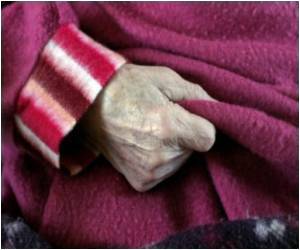
This is the earliest evidence which has been found in this context.
Strontium isotope analysis of the skeletons, which provides indications of place of origin, indicated that men buried with distinctive Neolithic stone adzes (tools used for smoothing or carving wood) had less varying isotope signatures than men buried without adzes.
This indicates that those buried with adzes had access to closer - and probably better - land than those buried without.
"The men buried with adzes appear to have lived on food grown in areas of loess, the fertile and productive soil favored by early farmers. This indicates they had consistent access to preferred farming areas," said Professor Bentley, Professor of Archaeology and Anthropology at the University of Bristol.
The strontium isotope analysis also revealed that early Neolithic women were more likely to have originated from areas outside those where their bodies were found than men.
Advertisement
Moreover, this new evidence from the skeletons is consistent with other archaeological, genetic, anthropological and even linguistic evidence for Patrilocality in Neolithic Europe.
Advertisement
"Our results, along with archaeobotanical studies that indicate the earliest farmers of Neolithic Germany had a system of land tenure, suggest that the origins of differential access to land can be traced back to an early part of the Neolithic era, rather than only to later prehistory when inequality and intergenerational wealth transfers are more clearly evidenced in burials and material culture," said Bentley.
"It seems the Neolithic era introduced heritable property (land and livestock) into Europe and that wealth inequality got underway when this happened. After that, of course, there was no looking back: through the Bronze Age, Iron Age and Industrial era wealth inequality increased but the 'seeds' of inequality were sown way back in the Neolithic," Bentley added.
This study has been published in PNAS.
Source-ANI









